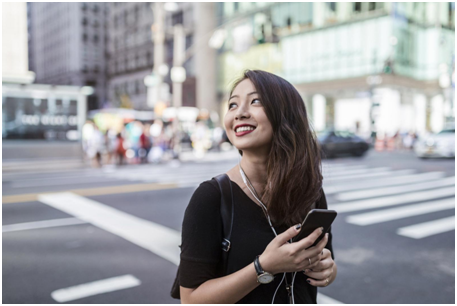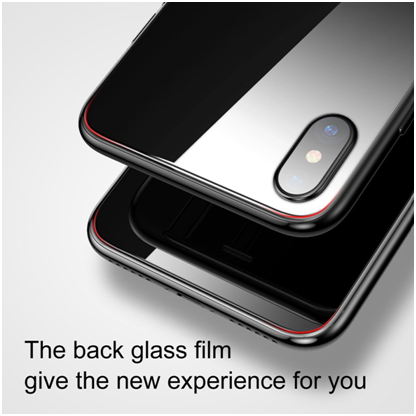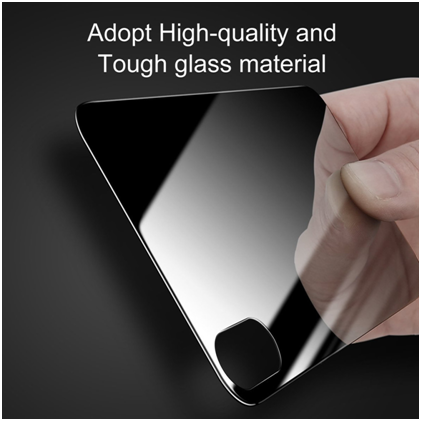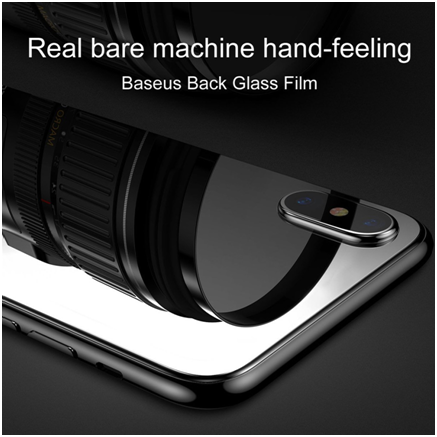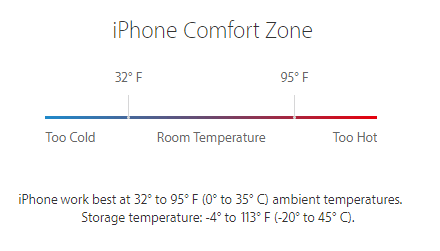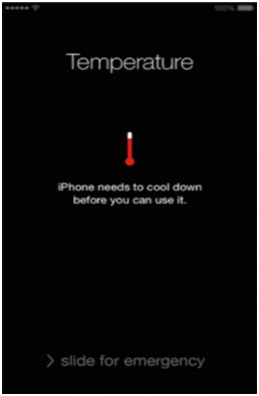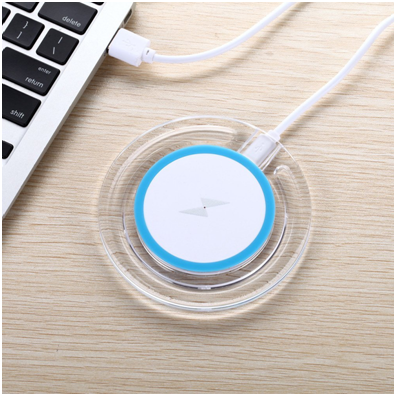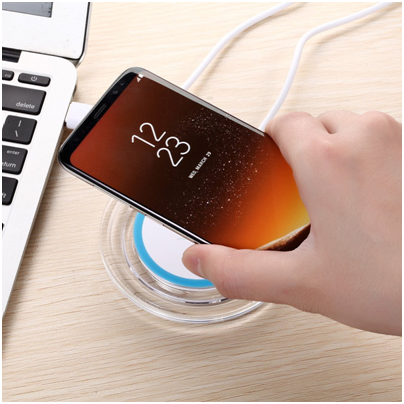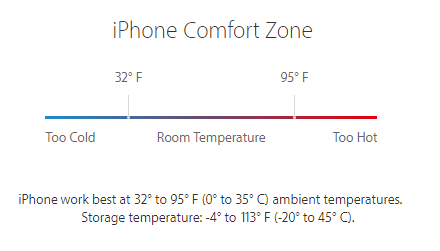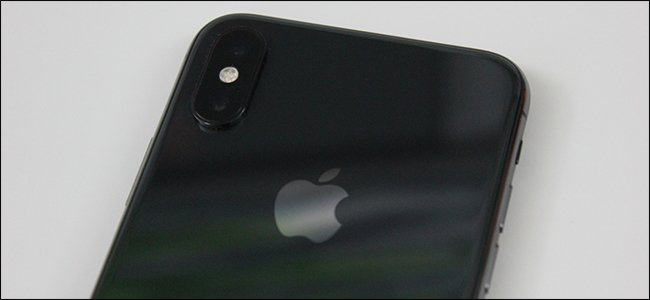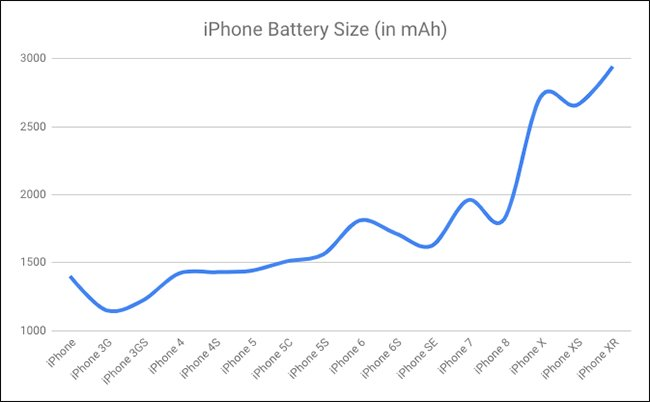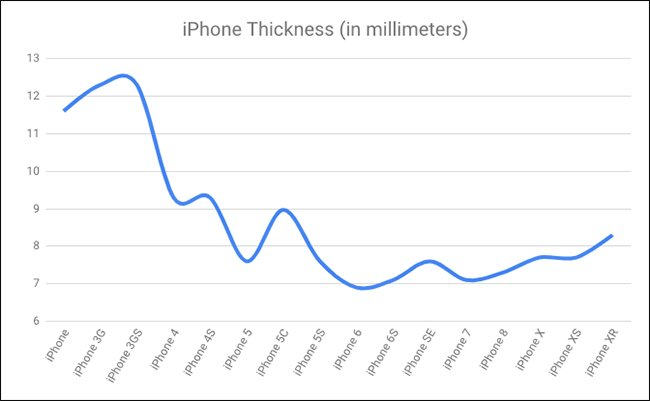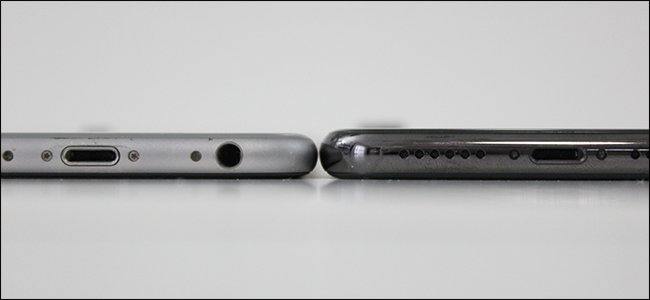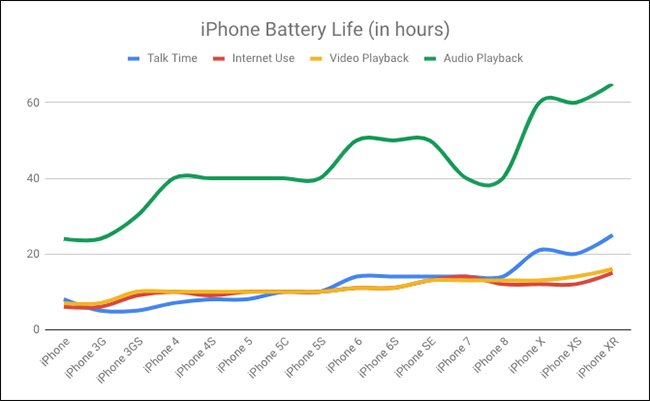Apple's Guided Access feature allows you to lock your iPhone or iPad into a single app and control which features are available for each specific app.
When enabled, hardware buttons can be disabled for example, as well as the touchscreen, making it a particularly handy feature for those who occasionally give their device to a child as it stops them accessing other apps and settings whilst playing or watching.
This feature explains how to turn Guided Access on and off, as well as how to use it, what the different control features are and what they do.
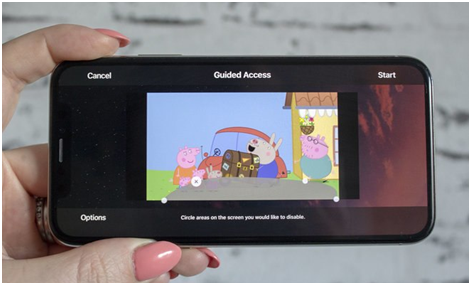
How to turn on Guided Access
To turn on Guided Access, follow the steps below on an iPhone, iPad or iPod Touch:
- Open Settings
- Tap on 'General'
- Tap on 'Accessibility'
- Scroll down to 'Guided Access' within the Learning section
- Toggle Guided Access on
You'll then need to open the app you want to enable Guided Access on, such as Netflix, for example. Once the app is open, you'll need to triple click the home button on Touch ID phones, like the iPhone 8, or triple click the side power button on Face ID iPhones, like the iPhone XS or XR, to enable Guided Access.
From here, a number of other settings available will appear the first time you use Guided Access on each app. You can circle various areas of your display to disable touch for example - they will appear grey and you can make them smaller or larger.
Alternatively, if you tap on 'Options' in the bottom left corner, you have the option to disable or enable touch entirely, as well as the side button or home button, volume buttons, motion, keyboards and toggle time limits on or off, among others depending on the app.
Remember to tap on the 'Start' button in the top right of your screen to start the Guided Access session after you have selected your preferred settings.
You can also ask Siri to turn on Guided Access, if you have Siri enabled. You'll need to open the app you want to enabled Guided Access on, then say "Hey Siri, turn on Guided Access".
How to turn off Guided Access
To turn off Guided Access, triple tap the home button or the side button, depending on your iPhone model. You'll then need to enter your Guided Access passcode. It's also possible to double tap the home button or side button and use Touch ID or Face ID to end a Guided Access session - if you have set these up - more on that below.
Once you have entered your passcode, or confirmed your identity through Face ID or Touch ID, tap the 'End' button in the top left corner of your screen and the Guided Access session will end and regrant access to your device.
How to access individual Guided Access settings
You'll see the Guided Access Options button the first time you use Guided Access on each app. After that, each time you enable Guided Access on that particular app, the settings you selected the first time round will be remembered and automatically enabled when you hit the 'Start' button.
To change the Guided Access options for a particular app once you have set them, triple click the home button on a Touch ID iPhone or power button on a Face ID iPhone and enter your passcode or double click and confirm your identity with Face ID or Touch ID. The 'Options' button will then appear in the bottom left of your screen, allowing you to alter the settings for the particular app you're in.
How to set your Guided Access passcode
Setting a Guided Access passcode adds an extra layer of security when it comes to ending a Guided Access session. It means a child can't accidentally gain access to the rest of your device when playing with the home button or side button. It's unlikely they would press the button three times in quick succession, but it's not impossible either.
To set up a Guided Access passcode:
- Open Settings
- Tap on 'General'
- Tap on 'Accessibility'
- Scroll down to 'Guided Access' within the Learning section
- Passcode Settings
- Set Guided Access Passcode
- Enter a passcode
- Re-enter your passcode
This section also allows you to enable Face ID or Touch ID to end a Guided Access session after a double tap of the home or power button. You'll find the Face ID or Touch ID option below the 'Set Guided Access Passcode'. Toggle it on to use Face ID or Touch ID.
What settings are available in Guided Access?
- Sleep/Wake Button
- Volume Buttons
- Motion
- Keyboards
- Touch
- Dictionary Look Up
- Time Limit
Depending on the app you want to enable Guided Access on will depend on the options you get. For example, Dictionary Look Up won't appear in the Guided Access options on Netflix, but it will on Safari.
Toggling off Sleep/Wake Button will turn off the Sleep/Wake button on your device.
Toggling off the Volume Buttons will disable the volume buttons.
Toggling off Motion will limit how your device responds to motion. It won't respond to being shaken, for example, and it won't rotate.
Toggling off Keyboards will stop the keyboard appearing.
Toggling off Touch will stop your device's screen responding to touch. This is particularly useful for apps like Netflix if you are allowing your child to use your device to watch something, for example.
Toggling on Dictionary Lookup will enable the user to use the Look Up feature when they select text.
Toggling on Time Limit will allow you to choose a time limit for your Guided Access session.
Anything else I need to know about Guided Access controls?
A couple of things. Firstly, it is possible to add Guided Access controls to your Control Centre dashboard, offering quicker access. To do this: Open Settings > Control Centre > Customise Controls > Tap the '+' next to Guided Access. You can change the order apps appear in your control centre by moving them up and down using the three lines on the right. Read our Customising Control Centre feature for more tips.
Secondly, you can set your device to play a sound or speak to relay the remaining Guided Access time before the time ends if you have set a Time Limit. This setting is found in the Guided Access settings under Settings > General > Accessibility > Guided Access.
Thirdly, you can set Guided Access to mirror your Auto-Lock setting or when off, Guided Access will turn the screen off after 20 minutes of inactivity. As with the Time Limit setting, you can access this through Settings > General > Accessibility > Guided Access.

